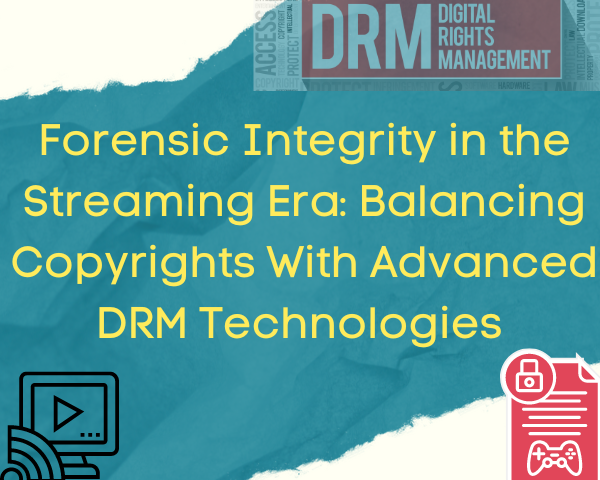The Perks of an IP Audit
Intellectual Property (IP) is one of the most valuable assets of a modern day enterprise as it is nonexhaustive, high return yielding and it acts as an instrument to establish leadership in the relevant market. IP has the potential to explore extensive business opportunities and attract voluminous profits for a commercial entity. For example, Nokia’s IP licensing arm generates about $600 million in steady royalty income every year. The transfer of rights in the Mobility technology by Motorola to Google brought fortunes to the former worth $12.5 billion.
Often is the case that enterprises fail in ascertaining the full worth of their IP and hence avoid to act towards protecting it. Consequently, this leads to an undervaluation of the IP assets and substantial loss to the IP owners in terms of failure to explore business opportunities.
Therefore, a thorough review of the enterprise’s IP assets with the objective of determining their legal status, economic potential and strategic importance is pre-requisite for efficient commercial appropriation of such assets. This systematic reviewing process is generally referred to as an “IP Audit”.
Laying down the Foundation
The primary step towards a productive IP Audit is the identification of the suitable mode through which audit is to be conducted. During the process of identification, the purpose of the study must be set out so as to assure the utmost level of precision and efficiency in the auditing process. Individual roles have to be assigned and the expected period of auditing along with budget allocation must be laid down before the commencement of the audit.
Identifying A Suitable Methodology
A broad approach for auditing may be adopted if the purpose is to scrutinize and systematize the IP portfolio of an enterprise. This also helps in the development of an IP management approach and IP-driven culture within the firm. On the other hand, an IP audit can be conducted in the form of due diligence. The primary purpose is to evaluate the worth of a company’s IP and assessing the risk and value of such IP. Such IP audits are generally carried on to make the best out of a prospective corporate restructuring opportunity. Apart from this, an IP due diligence also smoothens outs the process of assignment and licensing of such assets.
The Preliminary Stage
In order to effectuate an error-free IP audit, it is always advisable to prepare a detailed checklist describing the major tasks which need to be undertaken. Some of the most relevant heads in the checklist are; constructing an IP Asset Inventory, a legality check of all the IP assets, review of the firm’s IP strategy and its compatibility with the entity’s business strategy, risk identification and management thereof.
An Overview of the Process
IP Audit is an extensive process which includes multiple stages of fact-finding and analysis of the company’s IP portfolio. Broadly, the process focuses on reviewing the IP assets inventory of the company, ownership details, protection of the assets, contracts pertaining to such IP assets and infringement issues. A major facet of IP auditing process is a SWOT analysis wherein emphasis is put on revealing the strengths, weaknesses, opportunities, and threats of the enterprise regarding its IP portfolio and practices.
The Post-Auditing Operation
When a detailed report is forged out of the auditing process, the loopholes in IP management of the company must be identified on the basis of which specific remedial actions need to be taken. Following the audit, the entity must strive towards securing its unsecured IP assets, exploring the IP-centric business opportunities, eliminating all the IP infringement possibilities and bringing its IP practices in consonance with the strategic objectives of the company.
Conclusion
The biggest challenge in the completion of a successful IP audit is to drive it to its end stage. The process can be so long and cumbersome that the managers may lose their interest in the auditing process. In order to eliminate these challenges, strict planning must be done before commencing with the core stage of auditing (as discussed above under “Methodology” and “the Preliminary Stage”). Conclusively, it is noteworthy that the understanding of “asset worth” in the contemporary business world has transcended beyond the worth conceived by the company’s physical assets. In fact, the 21st Century global market places more emphasis on the intrinsic value of an entity’s intangible assets, which majorly comprises of its Intellectual Property. Therefore, it is high time that IP-driven businesses realize the actual worth of their predominant asset portfolio and makes the best of its efficient utilization.




